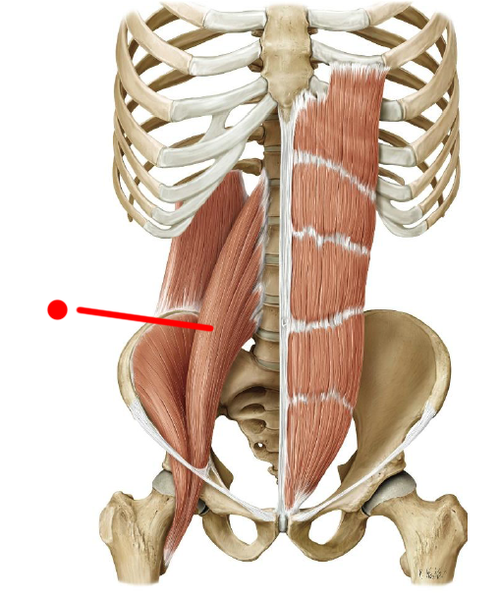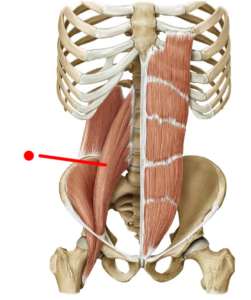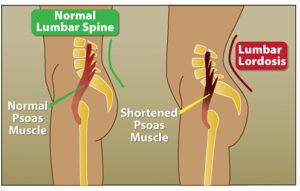
Psoas is a strong and powerful muscle, yet often overlooked, and tt can be responsible for a host of ailments.
The Psoas muscle originates from the T12 and Lumbar spinal segments, where it blends in with fibers of the diaphragm (your primary breathing muscle).

It then passes through the deep core, crosses the hip and inserts to the Femur. It is responsible for hip flexion, and can be involved in low back issues, as well as respiratory conditions.
Have you noticed that you’ve been experiencing shallow breathing? This may mean if Psoas is wreaking havoc, it’ll have a direct effect on your breathing, making it shallower.
Sitting for prolonged periods – Eg At a desk for work – can cause the Psoas muscle to become tight. This can result in anterior rotation of the pelvis, and can make it difficult to engage your Gluteal muscles for stability.

During your osteopathic consutlation, your Osteopath will not only work on the muscles and joints that are causing your pain, but also check your feet, ankle, knees and hip biomechanics, as they will also influence your low back.
One exercise that you can do at home for releasing this tricky muscle is the lunge exercise. Make sure to:
- Tuck your bottom in (posteriorly rotate your pelvis)
- Ease into it, by breathing in to the stretch (increasing the stretch when you exhale)
- Hold for 30-45 seconds, repeat 2-3 times during the morning and evening.
If you need a deeper stretch:
- Lean forward with your hips
- Rotate your upper body to the same side of your back leg, and raise both arms to the sky
If you have any questions or need advice, feel free to give the clinic a call on 9370 4033, or book your appointment HERE.
Share this news article online